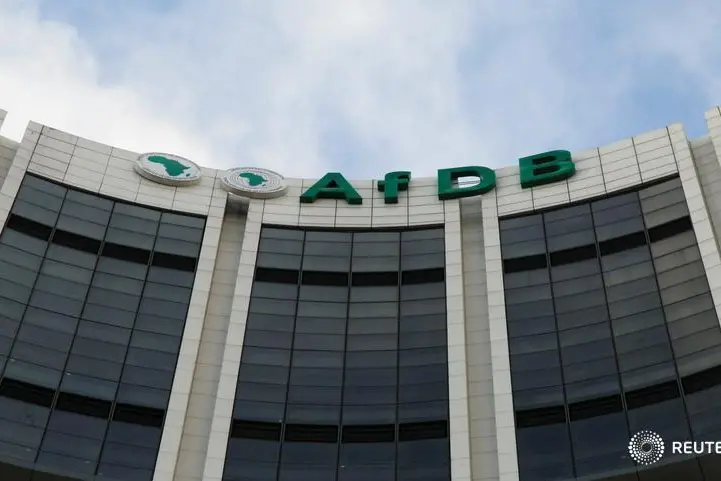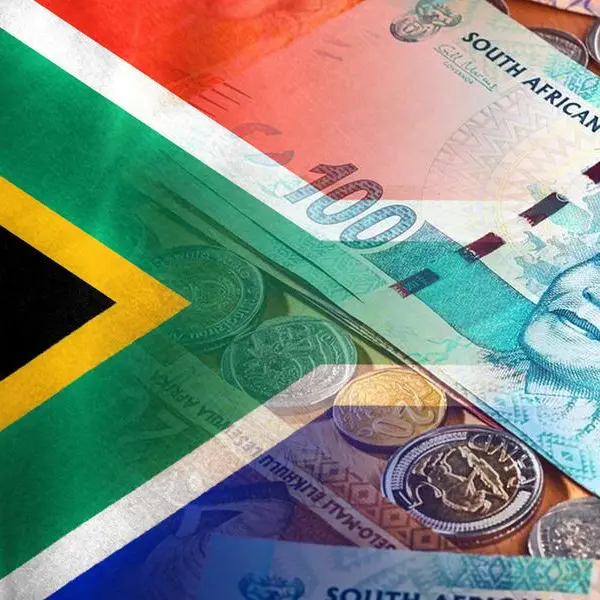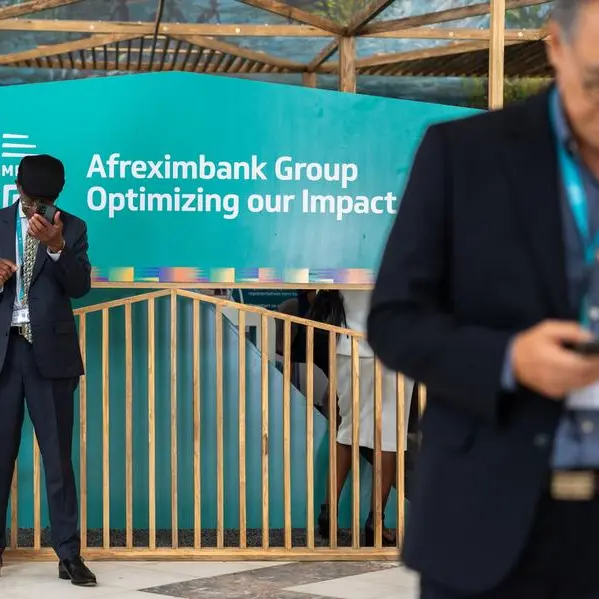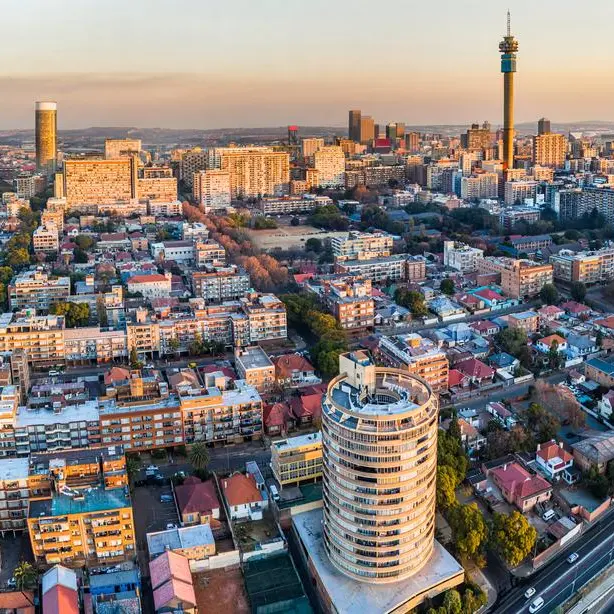PHOTO
The African Development Bank (AfDB) announced on Thursday that it has approved a $110.5 million loan to Kenya to enhance electricity access for households, social infrastructure and small enterprises.
The AfDB said that the loan, allocated for the third phase of the Last Mile Connectivity project, would further the government's initiative to provide every Kenyan with electricity access.
Nnenna Nwabufo, AfDB's director-general for East Africa, said, "The Bank's support will help households' social infrastructure and local businesses' access to adequate, reliable and affordable energy supply, and will create an enabling environment for the realisation of Kenya's Vision 2030."
The project involves strengthening the electricity network by constructing 13 substations of 33/11 kV, along with associated grid extensions and distribution networks in 45 out of the 47 administrative counties. This initiative aims to connect a total of 139,480 households to the grid, benefiting around 543,972 Kenyans by providing them access to electricity.
Additionally, the bank said that 10,521 small and medium-sized businesses and social facilities -- comprising 23 educational institutions, 15 health establishments, and eight water supply facilities -- will be connected to the grid for the first time. This move is expected to decrease the use of pollutants like fossil and biomass fuels, charcoal and unprocessed agricultural waste.
According to the AfDB, about 77 percent of the Kenyan population had access to grid electricity as of June 2022, a figure higher than the estimated 50 percent average in Sub-Saharan Africa.
Furthermore, the bank said that the project would create job opportunities and business prospects while enhancing service delivery in the education and health sectors.
The AfDB underscored that in the long term, the project's success will enhance society's well-being and productivity, aligning with Kenya's Vision 2030 and contributing to socio-economic development.
Moreover, it said that the project would support the transition to clean energy as households and businesses switch to sustainable energy sources, thereby reducing greenhouse gas emissions by at least 3,440 metric tonnes of carbon dioxide annually.
© Copyright 2022 Nation Media Group. All Rights Reserved. Provided by SyndiGate Media Inc. (Syndigate.info).





















